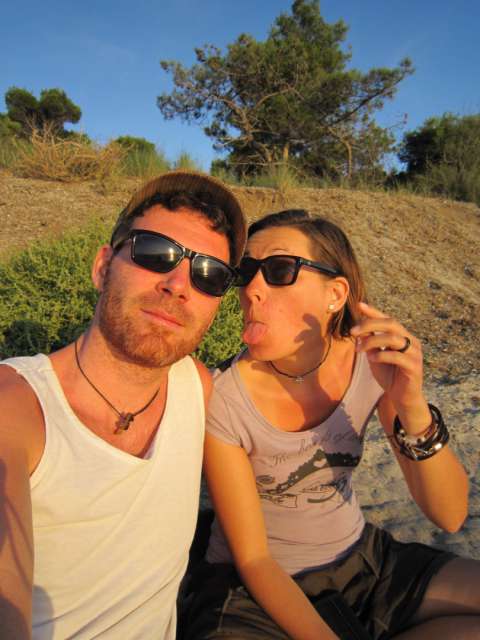Beautiful Australia
ప్రచురించబడింది: 13.05.2017
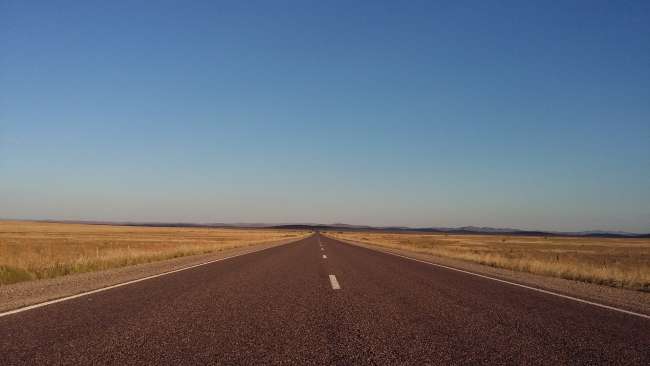
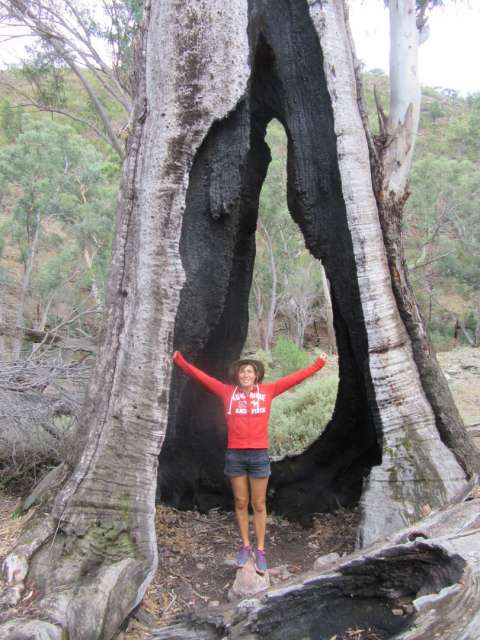
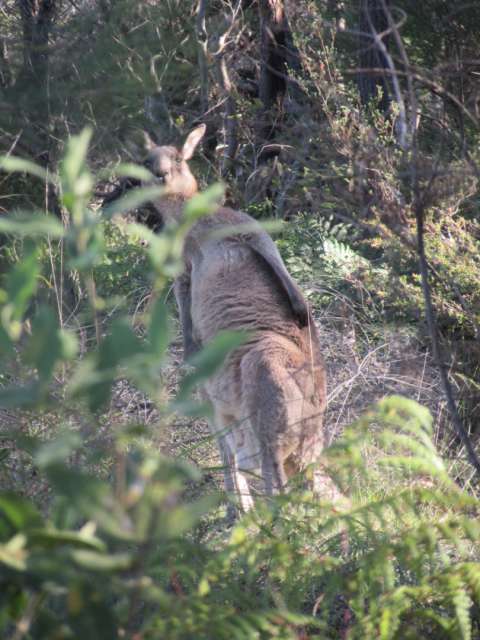
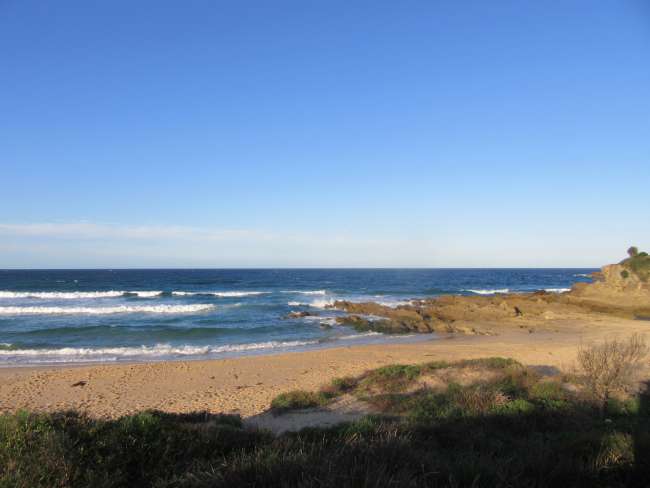
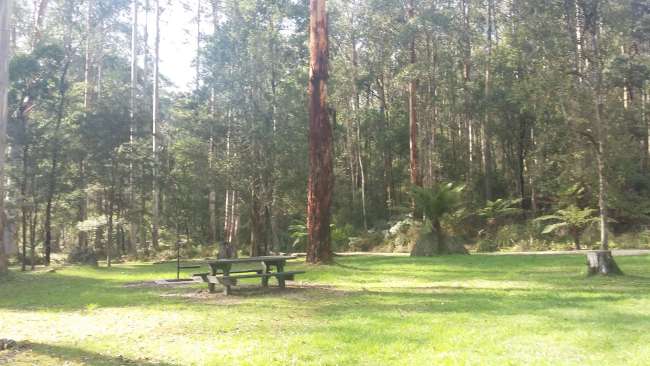
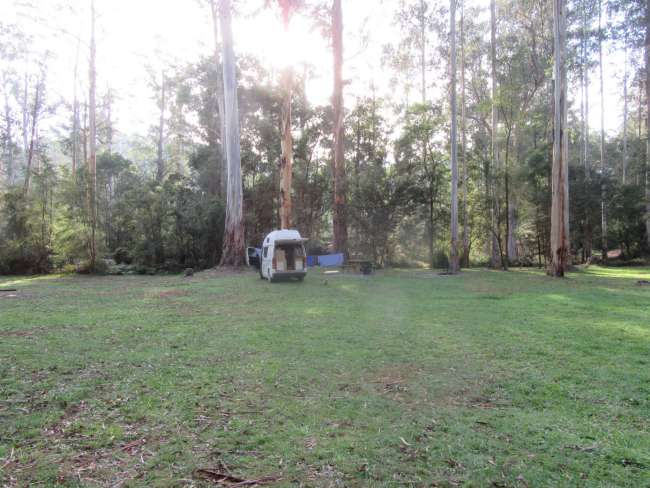
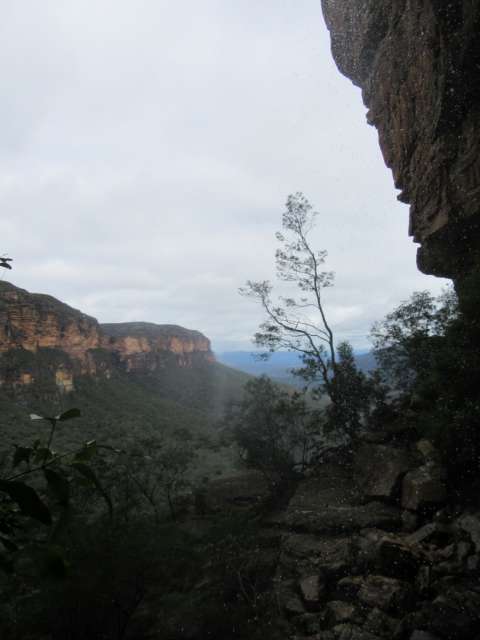
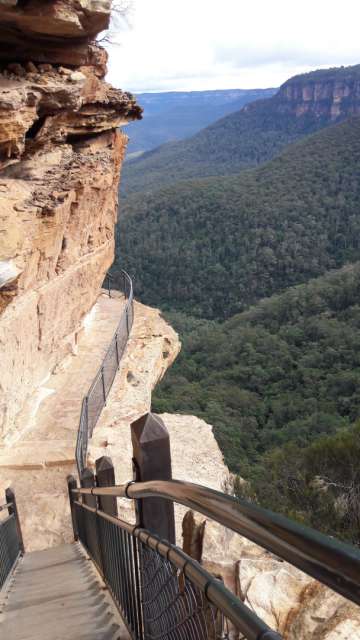
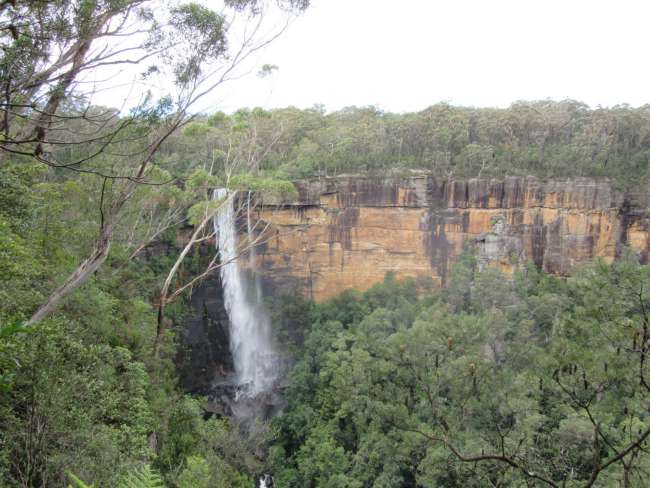
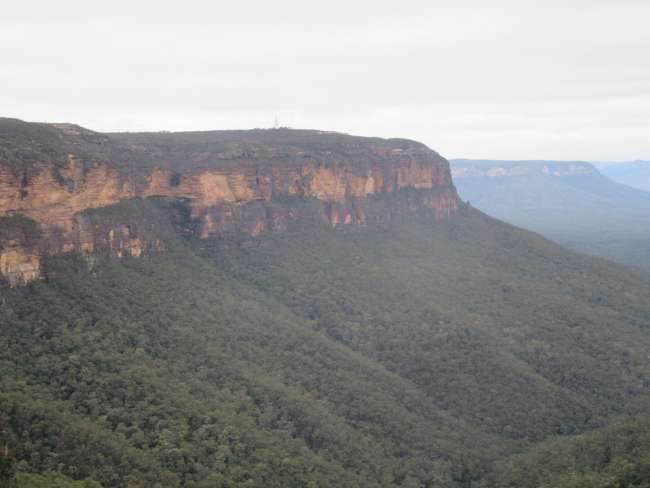
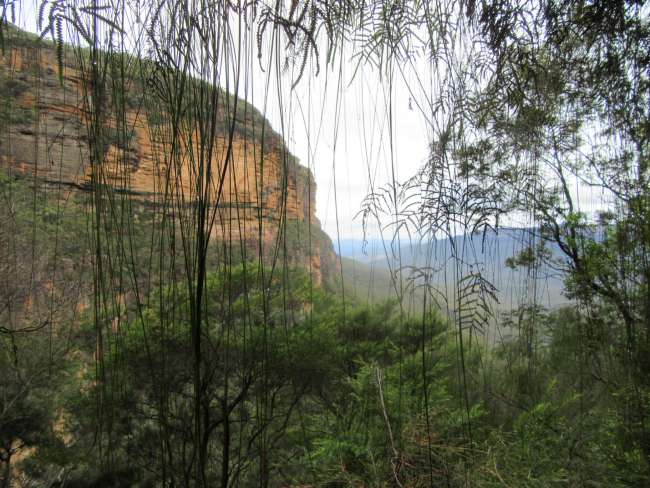
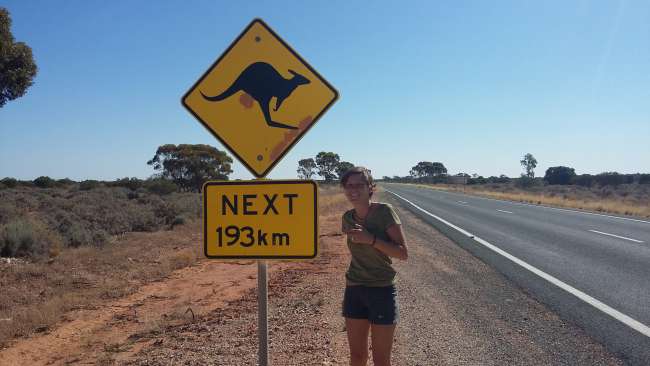
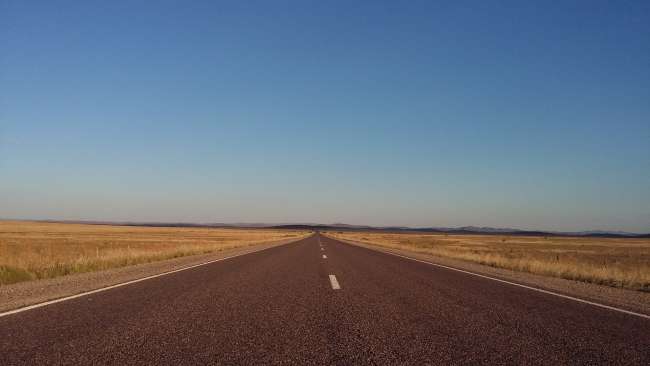
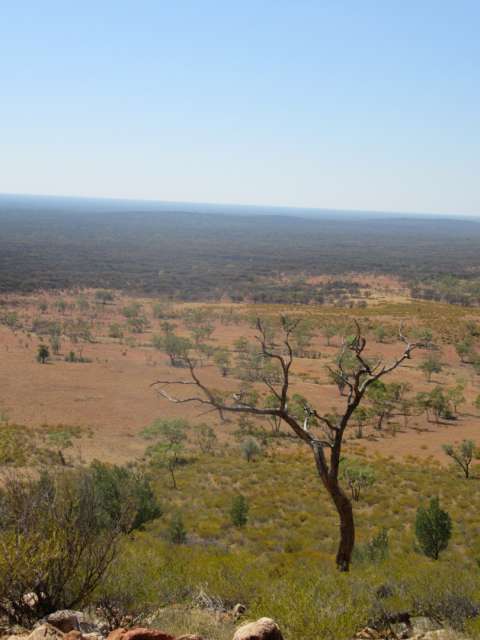
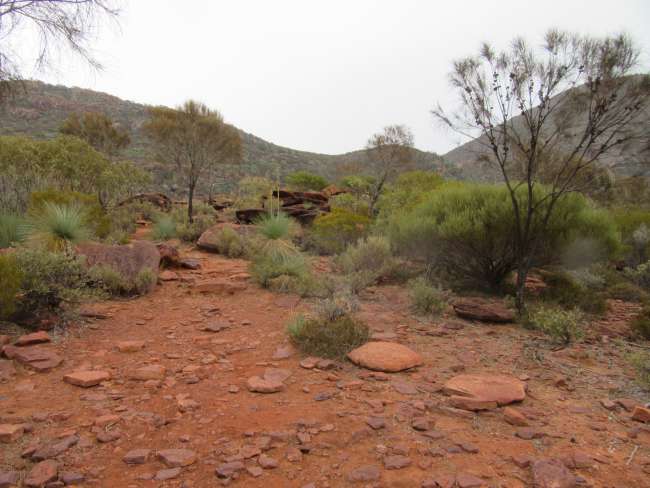
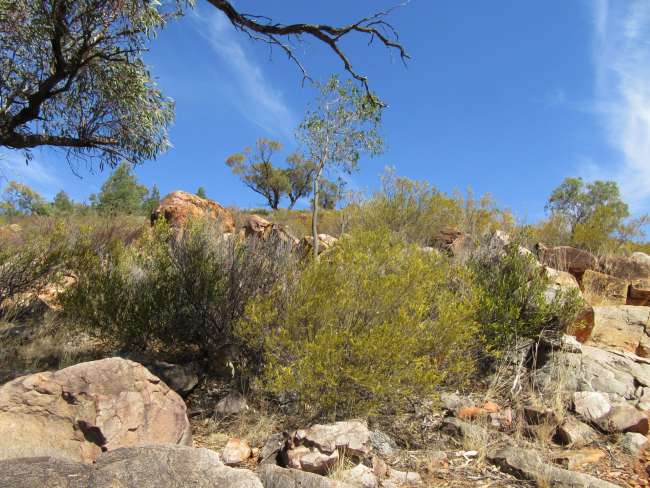
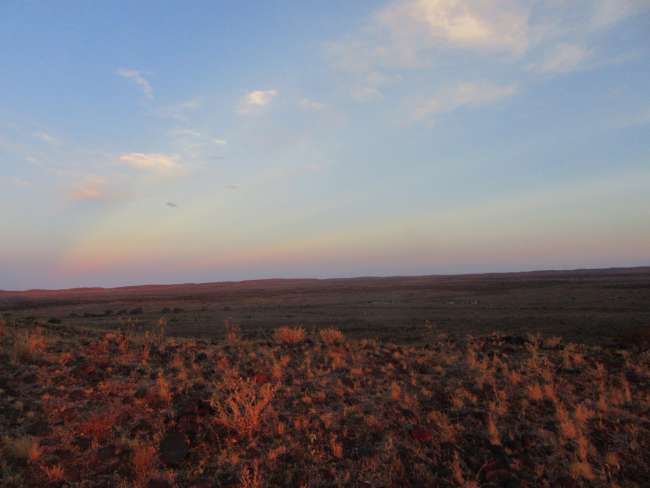
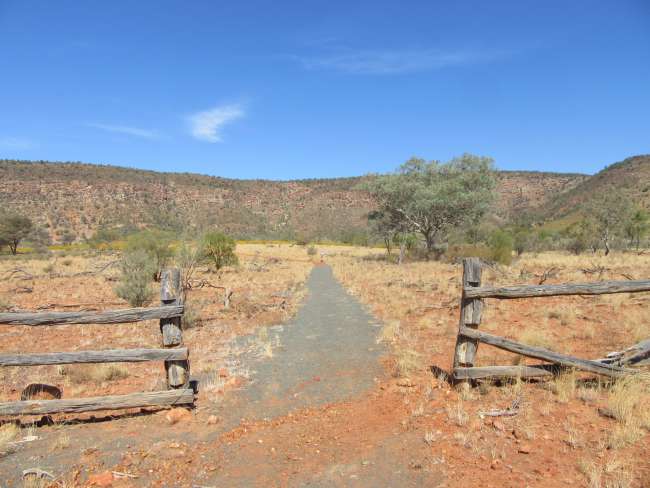
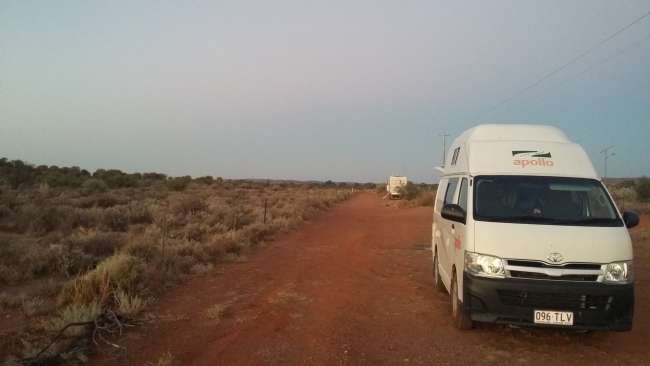
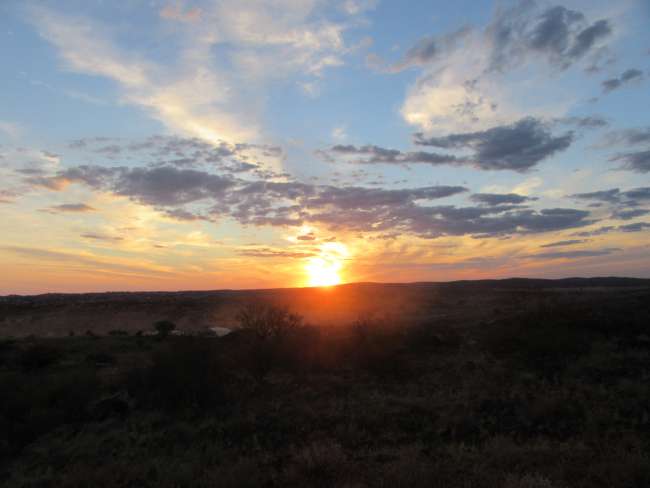
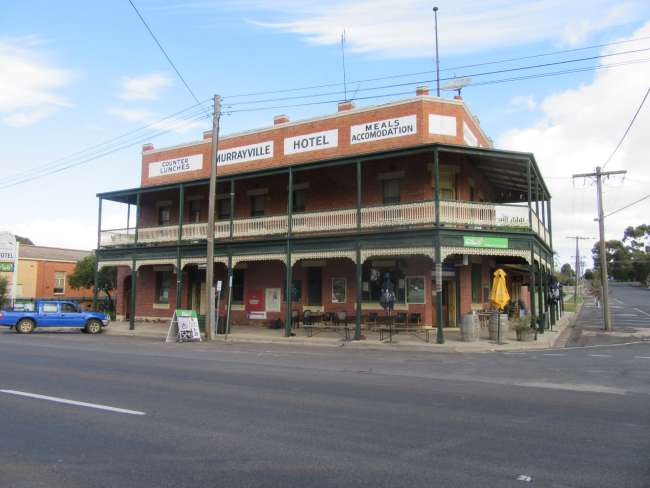
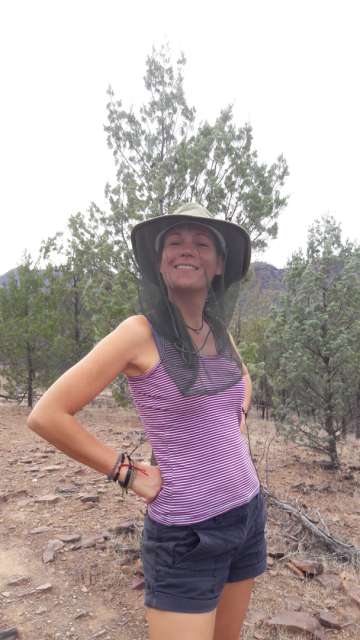
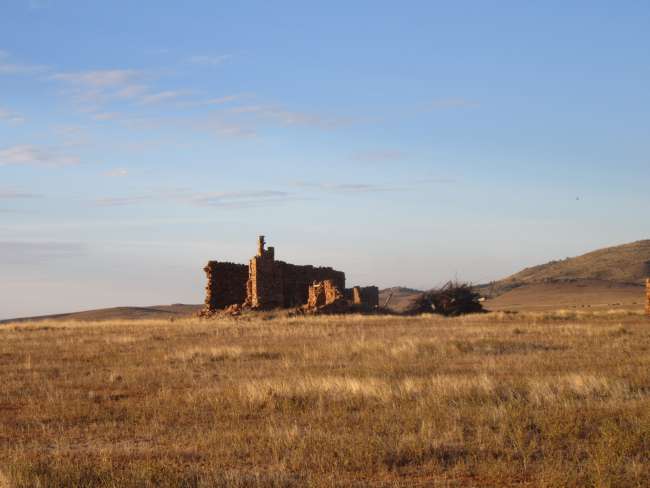
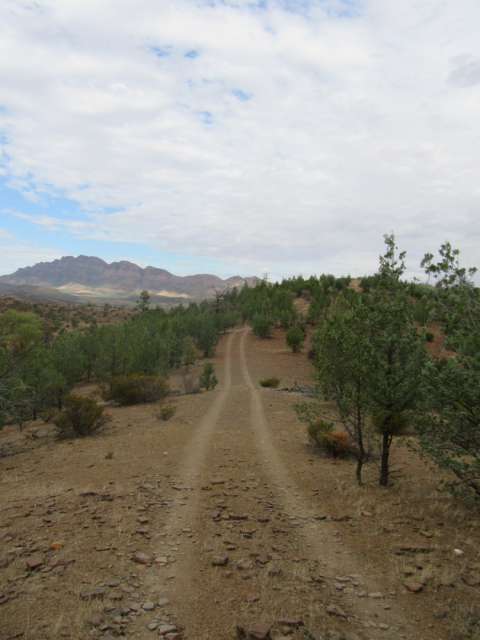
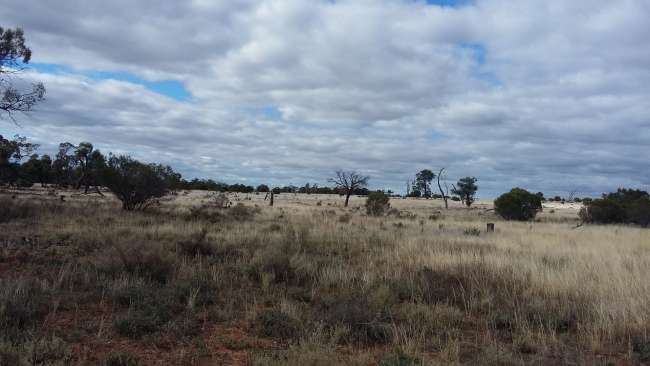
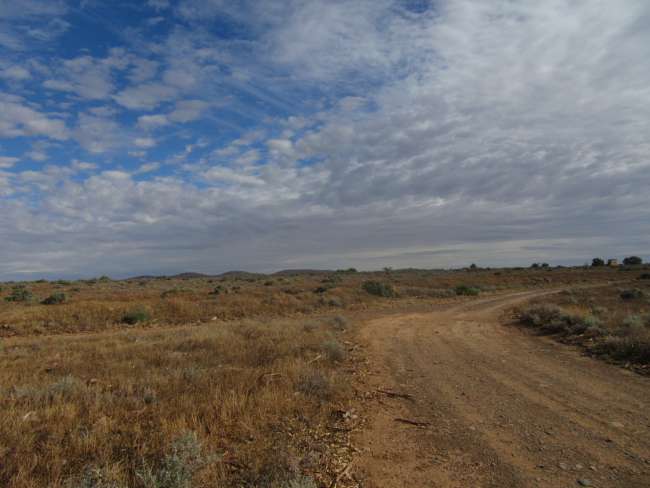
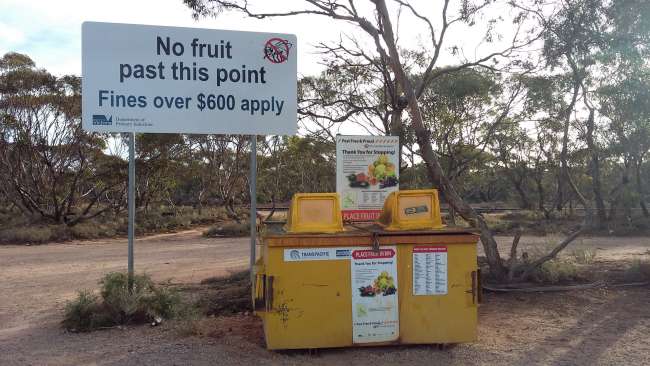
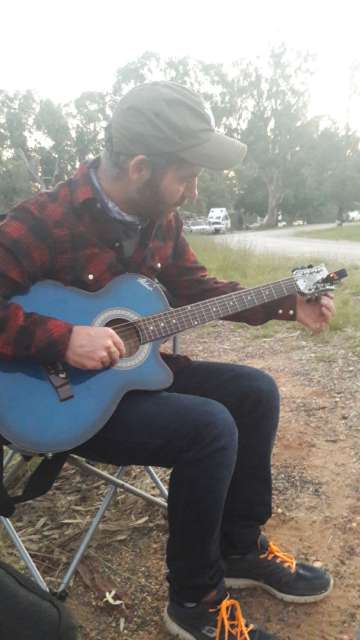
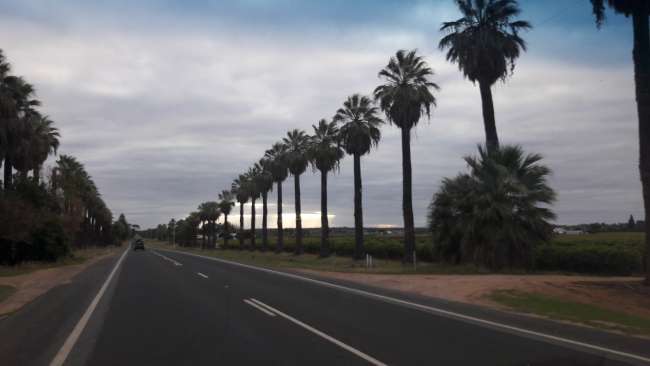
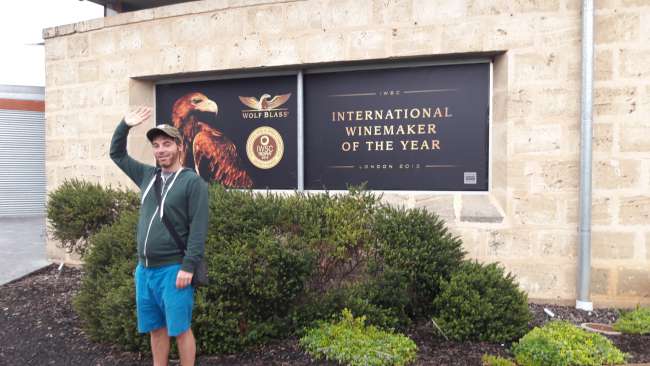
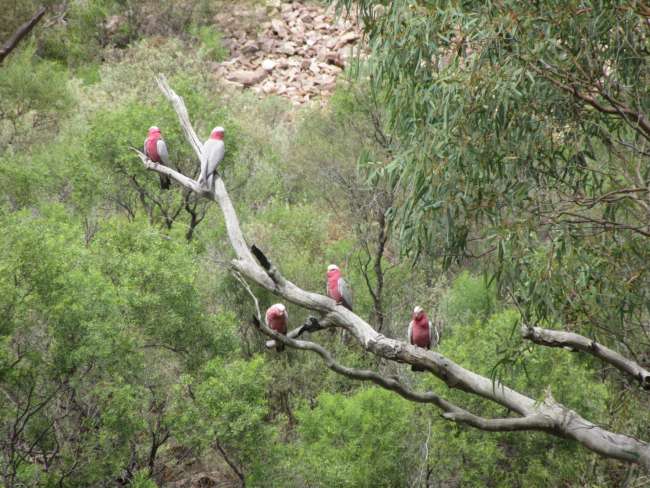
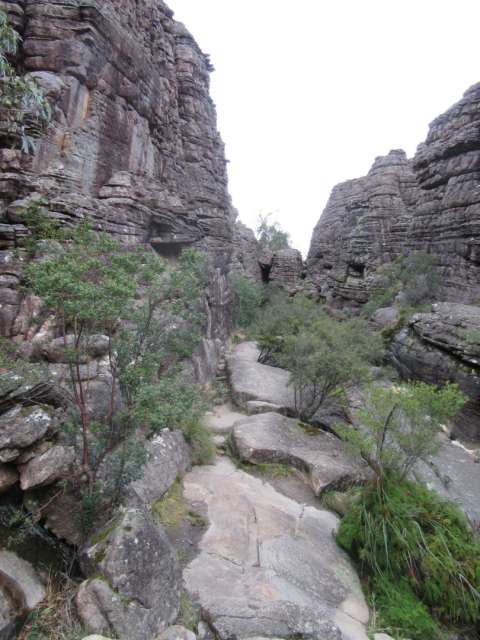
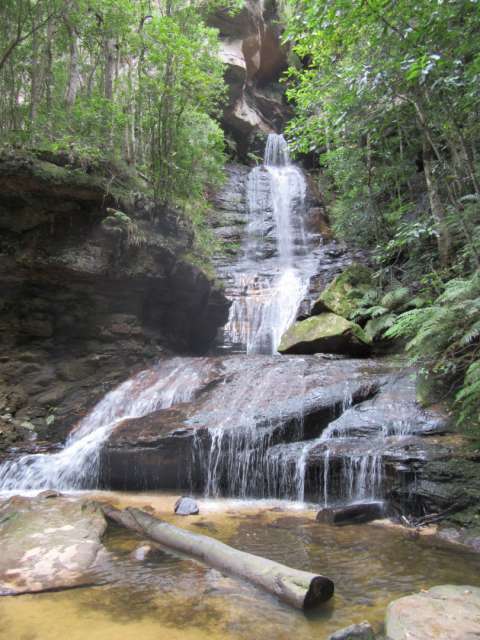
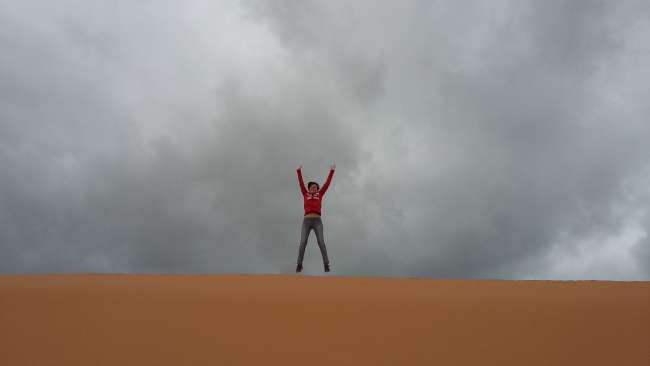
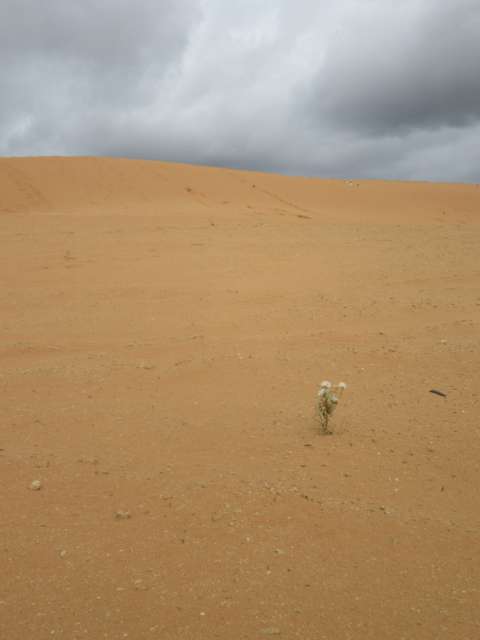
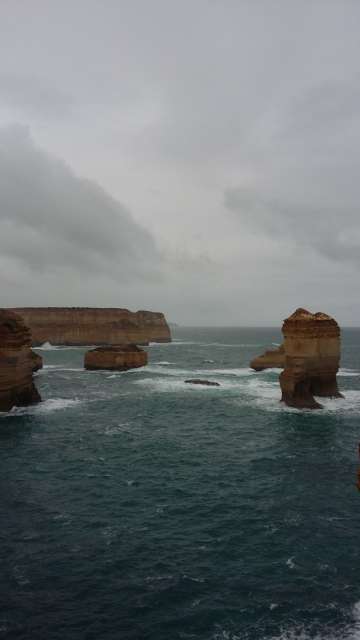
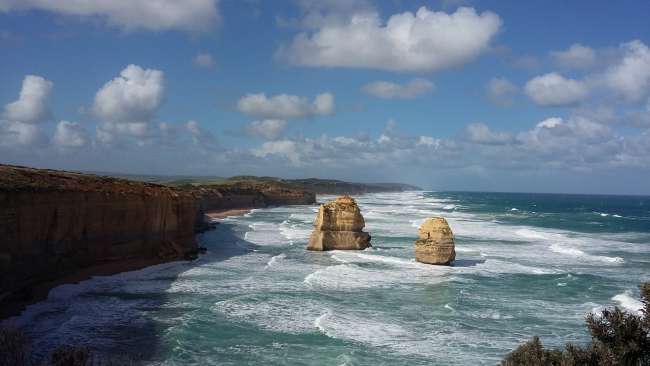
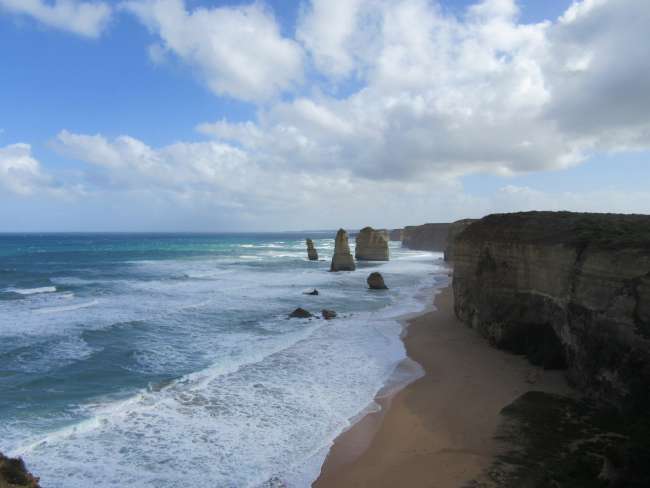
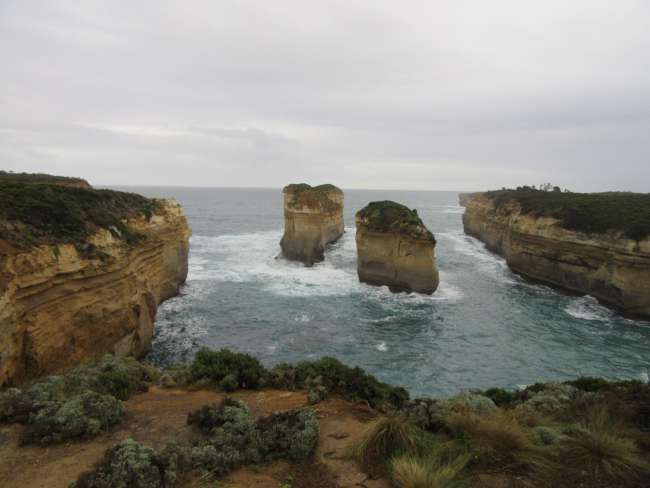
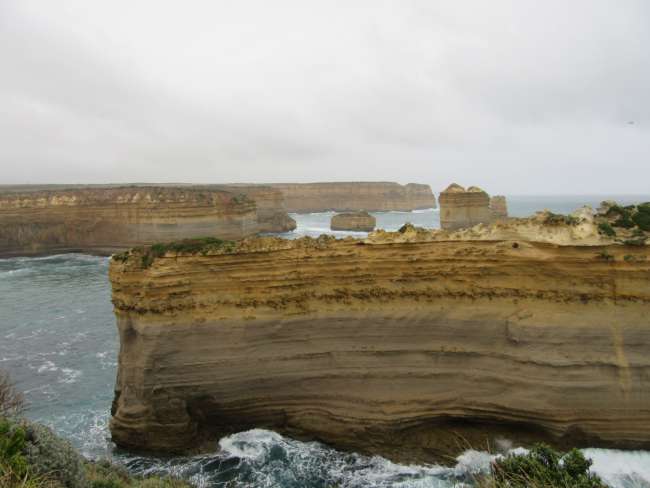
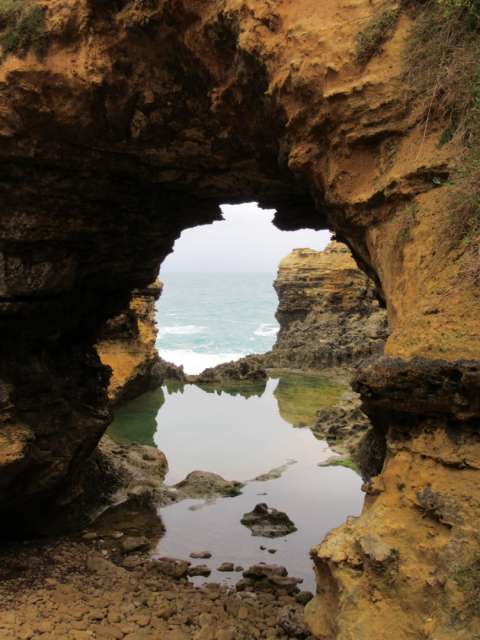
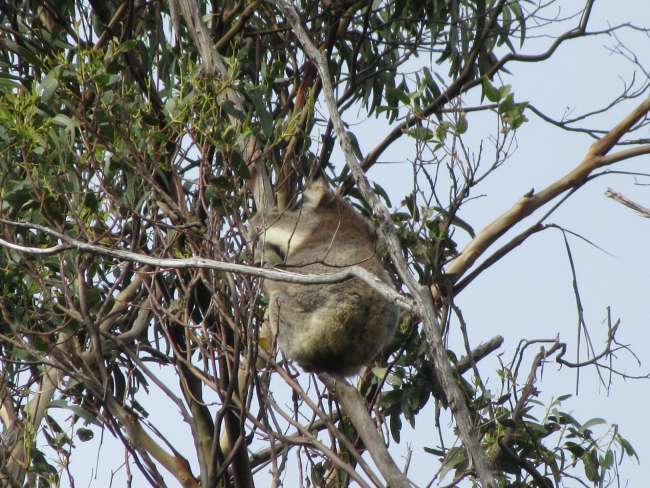
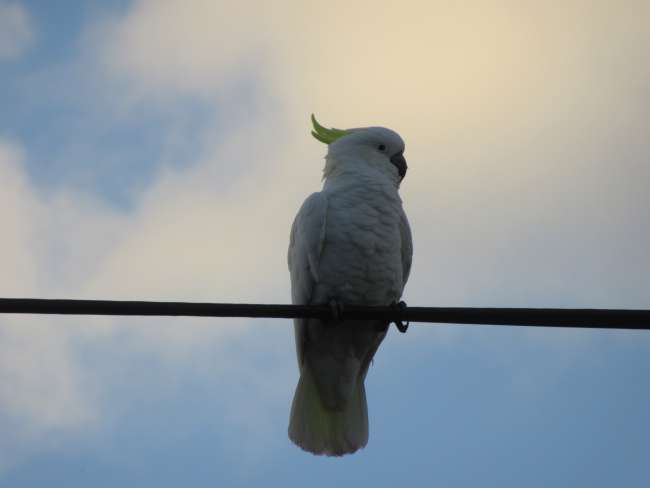
వార్తాలేఖకు సభ్యత్వాన్ని పొందండి
After three months in Asia, we were now back in the 'Western world', but it was still uncharted territory for us because we had only known Melbourne Airport in Australia so far. We flew with Jetstar, an Australian low-cost airline, from Bangkok to Melbourne for cheap. Relatively well-rested, we arrived in sunny, warm Australia in the morning. We immediately took a taxi to the car rental place and after a long wait and some complications, we finally received our camper van with a double upgrade! Instead of an old hippie camper, we got a relatively modern camper van. What a fantastic feeling! We had fallen in love with camper life in New Zealand and were thrilled that we could experience this way of traveling again on our journey. The late afternoon was spent shopping, but to our delight and for our wallet, we found out that the gourmet supermarket chain 'Feinkost Albrecht' (Aldi) was present in Australia. Driving on the left side was no longer a problem as we had been driving in left-hand traffic countries almost exclusively, but having our first right-hand drive car with manual transmission was a bit unusual. We then drove towards the sunset, out of Melbourne, and immediately felt the freedom that only this type of travel brings. In darkness and after a long search, we finally found the campsite and were lucky that the campsite attendant had a spot for us. When we opened the curtains the next morning, we immediately spotted some kangaroos grazing on the meadow. It slowly dawned on us that we were actually in Australia! What a feeling! For the upcoming night, we chose a nature campsite in Kurth Klin Regional Park. Here, you can actually camp in the forest! After three months in Asia, this forest was incredibly refreshing for our respiratory system, and the scent of the forest was simply indescribable. We went hiking and in the evening, we made a campfire and fully embraced the campfire romance. We then continued towards Warragul, another forest campsite! On the map, it looked harmless, but in reality, it was in the middle, right in the middle of the forest. The next village was 60 km away, and when we arrived in the evening, we realized that we had the entire place to ourselves. The place was truly beautiful, it almost looked like it was from a picture book, and on top of that, there were plenty of exotic birds, a piece of paradise! Then it got dark and somewhat eerie. It was a new and unfamiliar feeling to know that we were completely alone in the forest and that the nearest cluster of somewhat run-down cabins and unfamiliar people was 60 km away. Brave as we were, we made a campfire and listened to the new unfamiliar sounds of the forest. That evening, we went to bed a bit earlier and checked several times if we had locked the doors properly. After an extensive walk the next morning, we set off towards the east coast and the Princess Highway A1, Australia's longest highway (and the second longest in the world), on which you can go around the country once. It is 13,600 kilometers long. Along the entire route, there are rest areas where you can stay overnight for free. Some of the places along the highway were more beautiful than many German campsites. The next destination was Booderee National Park, right by the sea. We hiked along cliffs, visited various beaches, and watched kangaroos. We stayed there for a day, and then it started pouring rain heavily, so we continued towards Sydney, chasing the sun. Since our time was limited and we both prefer nature, we skipped the hustle and bustle of the big city and turned left just before Sydney, towards Blue Mountain National Park. Before reaching it, we stopped for a night in Kangaroo Valley. We couldn't see any kangaroos there, but we had the great fortune of observing wombats. A mother was grazing with her young right in front of our camper at night. We didn't take a photo as we didn't want to disturb these rare animals, but luckily there's Aunt Google, who has many photos! Blue Mountains National Park welcomed us with a four-lane road that leads completely through the mountains. We hadn't expected so much traffic and were initially disappointed. We spent the night at an overcrowded rest area and planned a hike over the National Pass for the next day. The disappointment from the previous day was instantly gone. We found ourselves on a gigantic hiking trail with views over a huge valley with these majestic blue mountains. We hiked down a huge waterfall on slippery steps, passed rock outcrops with great views, and hiked up another huge waterfall. Exhausted but happy, we continued in the evening because the rain was almost catching up with us. Next stop, the Outback! The Outback refers to all regions in Australia that are far away from civilization. The Outback makes up three-quarters of Australia's total area! We made the first stop at Gundabooka National Park. We were greeted by a barren landscape with red soil. It was a completely new feeling and incredibly beautiful. At the campsite, we were the only ones with a camper van, while everyone else had top-notch Outback equipment, including Land Rovers and four-wheel drives. Perhaps it's a good thing that our rental company doesn't know that we drove hundreds of kilometers on very bumpy dirt roads. The next morning, we set off on a mountain hike at 30 degrees Celsius without any shade-providing trees. Since we had just come from Asia, it wasn't so bad for us because we were used to hot and humid weather. The landscape truly blew us away, although it was the first time we encountered the Australian bush fly. The bush fly is a nasty pest in Australia and populates the entire Outback. It can be compared to our house flies but 10 times more aggressive. It prefers to settle in nostrils, ears, and eyes. At least 50 of these flies accompanied us during the entire hike. You can imagine that this hike was a real torture. However, we bravely hiked for three hours because nature really impressed us, but afterwards, our nerves were shot. The next few days were spent driving, driving, driving. About 1,500 km through the Outback. This meant straight roads to the horizon, and at the horizon, it continued straight ahead. It was fascinating, beautiful, somewhat eerie, and sometimes quite depressing. Fascinating because it just went straight ahead, an unimaginable infinite expanse, beautiful with its red, yellow, and green colors, eerie because you don't come across any population for so long, depressing because you see at least one run-over kangaroo every 5 km. About every 300 km, there's a small village where you can refuel and where a few people live. Most of these villages are somewhat run-down and somehow exude a sense of hopelessness. Also depressing. The next major city in the Outback that we reached was Broken Hill. Broken Hill still lives off mining and tourism today. This city with its 18,500 inhabitants and good infrastructure also seemed somewhat run-down and bleak to us. Since driving straight roads at 100 km/h is incredibly exhausting, we took a rest day here, restocked our supplies, and did our laundry. The next destination was Flinders Range National Park on the edge of the Outback. For this, we changed states, from New South Wales to South Australia. At the border, we heard for the first time about a food quarantine zone. You are not allowed to transport any fruit and some vegetables from NSW to South Australia. Everything has to be disposed of, otherwise hefty fines will be imposed. Apparently, they are afraid that the fruit from NSW will bring a fruit fly across the border, which would be harmful to fruit growing in South Australia. Hmm, quite annoying, as we had finally stocked up on fresh food in Broken Hill after a long time in the Outback, and now we had to simply throw it away. What a waste! The Flinders Range National Park quickly made us forget about the annoyance with its incredible beauty! Unfortunately, we could only drive a scenic route there and go for a hike before the rain caught up with us again. So we continued in search of sun to the Adelaide Hills. Before that, we made a stop for hiking in Mount Remarkable National Park. The Adelaide Hills are THE wine region in Australia. The atmosphere there was completely different from the Outback. It was densely populated, everywhere well-maintained prosperity, friendly people, and a gentle nature. We stayed there for three nights, went hiking, explored small villages, visited the Wolf Blass winery (our favorite wine at home), and once visited a brewery, unfortunately, the beer there cost 9 dollars, and it was our only visit to a bar. On the first evening, we heard loud party music at the campsite. Since we hadn't gone out in a long time, we followed the music and after a short time, we encountered the remnants of a quite drunk wedding party. That was a bit disappointing. Disappointed, we walked back to our camper, and on the way there, a woman from her terrace addressed us and asked where we were going. Kathy then spontaneously invited us to her terrace and provided us with champagne, beer, and stories about Australia. We were lucky to meet a very critical and direct person. We had a really beautiful, warm, funny, and political evening. On our journey, we visited the village of Hahndorf. A small 'German' tourist town in the Adelaide Hills. We were swarmed by tourists from all over the world. There was a Hofbräuhaus where you could order a pork knuckle with sausages and schnitzel (all on one plate), there were souvenirs from the Black Forest, and so on. However, our homesickness wasn't that strong, and after a walk, we continued. In Hahndorf, we almost got caught by the rain again, but we were faster on our way towards Mildura on the Murray River (a recommendation from Kathy). With us, we had a little mouse that kept us on our toes for the next three nights. We had just fallen asleep when the rustling started, lights on, mouse gone, and it went on like this all night. During the day, our guest hid well behind a cabinet, only to be well-rested and mischievous again the following night. We couldn't get around catching the animal with professional help. Unfortunately, we couldn't buy a live trap anywhere, so we reluctantly chose the lethal option. The next morning, we held a small funeral and buried the mouse. The following night, the rustling started again! At first, we thought it was the restless spirit of the deceased mouse causing trouble. No, we actually had a blind passenger on board again, and the game started all over. In Mildura, we camped by the Murray River, went hiking along the river, and took a trip to the impressive sand hills.
We also made a little detour to the stunning Kulkyne National Park and then continued to our next destination, the Grampians mountains with their impressive waterfalls, rock canyons, and viewpoints. We visited the McKenize Falls, a really great hike through a beautiful gorge that gradually inclines until suddenly you are in front of this impressive waterfall and can hike up next to it to get a great view of the entire valley. The next morning, we hiked to the Pinnacles, a gigantic viewpoint. This challenging hike led us through a canyon over huge rocks and steep inclines. At the top, we were rewarded once again with a great view. Upon reaching the bottom again, we immediately continued out of the mountains towards the sea to Warrnambool, where the Great Ocean Road begins, our final destination on our trip to Australia. This scenic road stretches along the coast for 243 km and ends just before Melbourne. It is visited by approximately 7 million people annually. Even though the rain had caught up with us again and some view points were crowded with snapping tourists, we were quite impressed by the power of the waves, the long natural beaches, and the huge impressive rock formations. And we saw two koalas! That was a really great highlight to end with! It was already autumn in Australia, the nights were quite frosty at 3°C, and it rained during the day, which made our farewell a little easier. Nevertheless, the four weeks flew by incredibly quickly. We rarely stayed in one place for more than one night and covered 6,300 kilometers in 4 weeks. It was anything but slow travel, and the new impressions flew past us. We probably need some more time to realize and comprehend everything we experienced. It was definitely incredible!
Australia's conclusion: - Nature: 4 weeks, 6,300 kilometers In advance, Nina said that we would drive less than in New Zealand (where we drove 6,500 kilometers in 8 weeks), but it simply wasn't possible to drive less. The distances are gigantic! In the end, we still only saw one-eighth of the country. Nevertheless, we were able to experience many facets of Australia. In the Outback, we were completely blown away by the endless expanse, 1,500 kilometers of just barren landscape, and that was only a small part of Australia's Outback! Beautiful coastal landscapes with natural beaches, high waves, rock formations, and idyllic small towns. Remote vast forests. Gentle rolling hills covered in grapes (wine bottles) and yellow glowing wheat fields. Simply indescribable.
Food and people:
The Australian cuisine can probably be very well compared to the American cuisine. Fast food in all variations, as long as it's quick and consists of meat dripping with fat. The consequences of this diet are often visually noticeable. Especially in the desolate areas, it seemed to us that the Aussies would devour so much unhealthy food out of frustration. Despite the desolation that we felt in some places, we met very warm, helpful, and talkative people. Of course, there were also some very distant people.
We definitely had an amazing time in Australia, and even though we didn't see everything, we were able to experience many facets of this country.
Thank you, beautiful Australia!
వార్తాలేఖకు సభ్యత్వాన్ని పొందండి
సమాధానం

